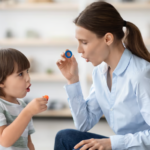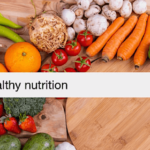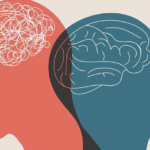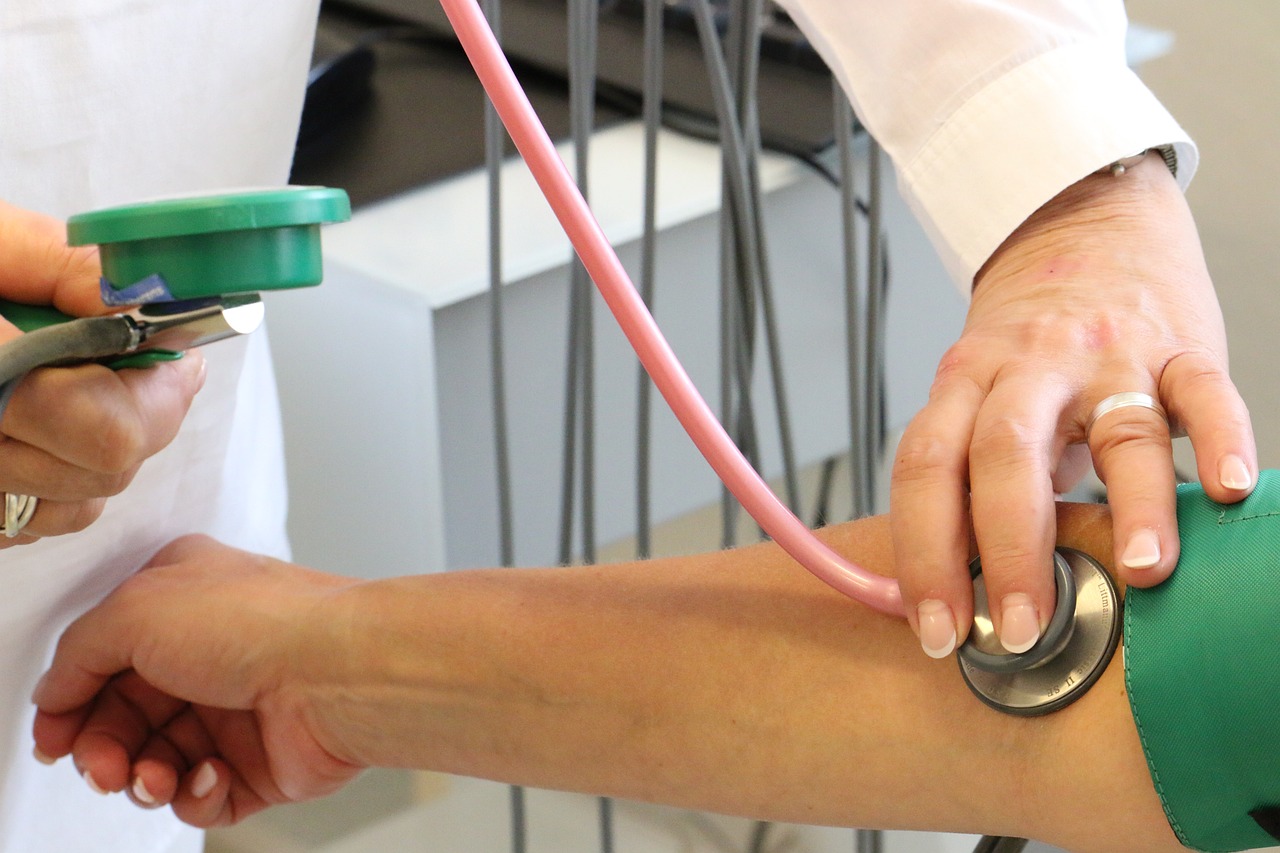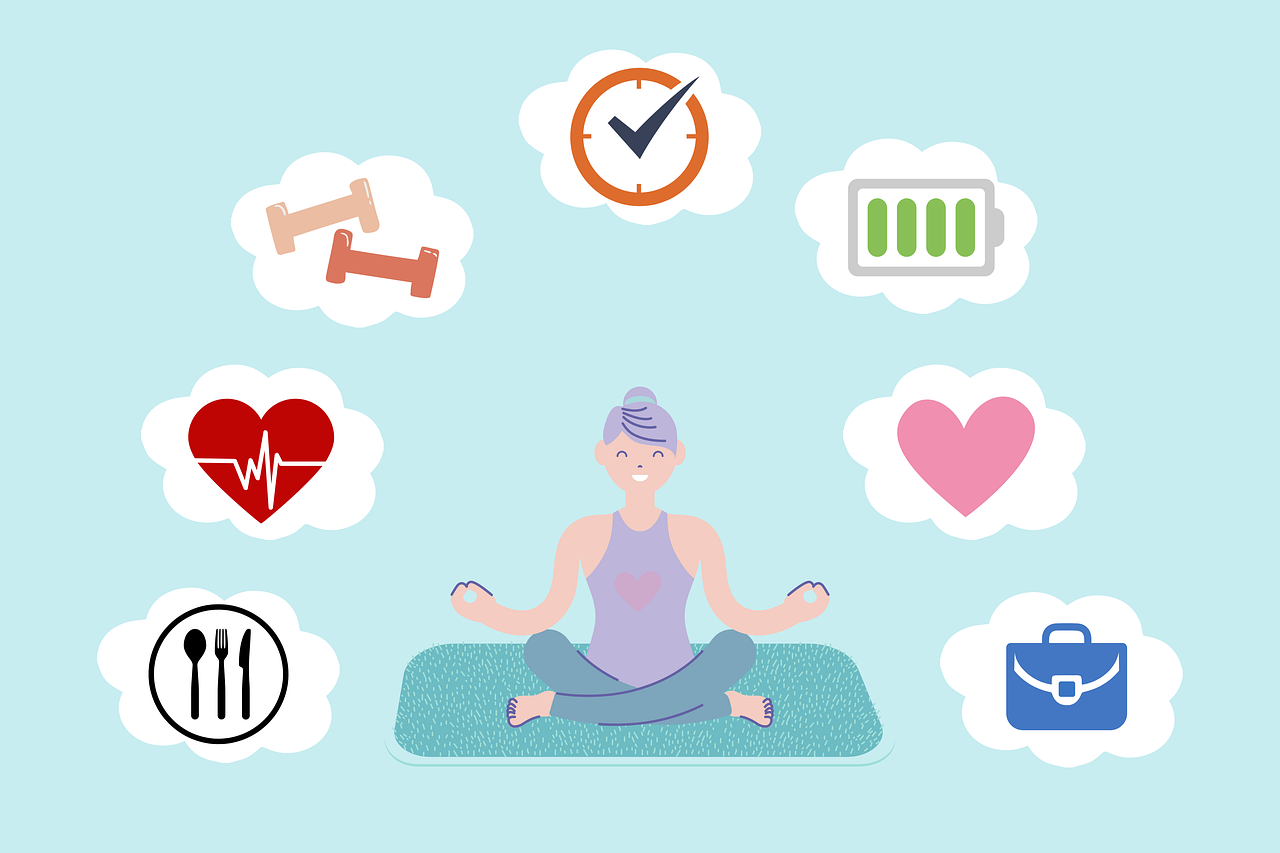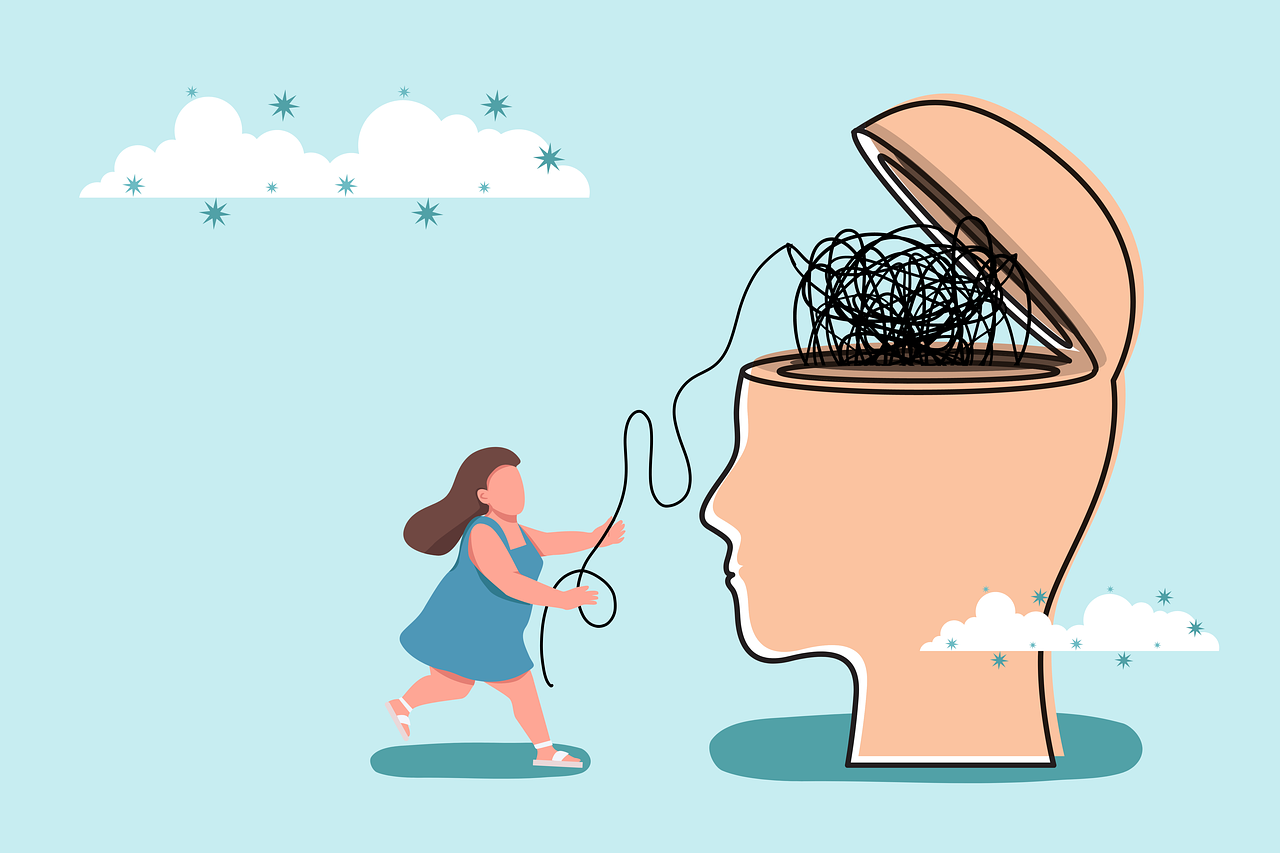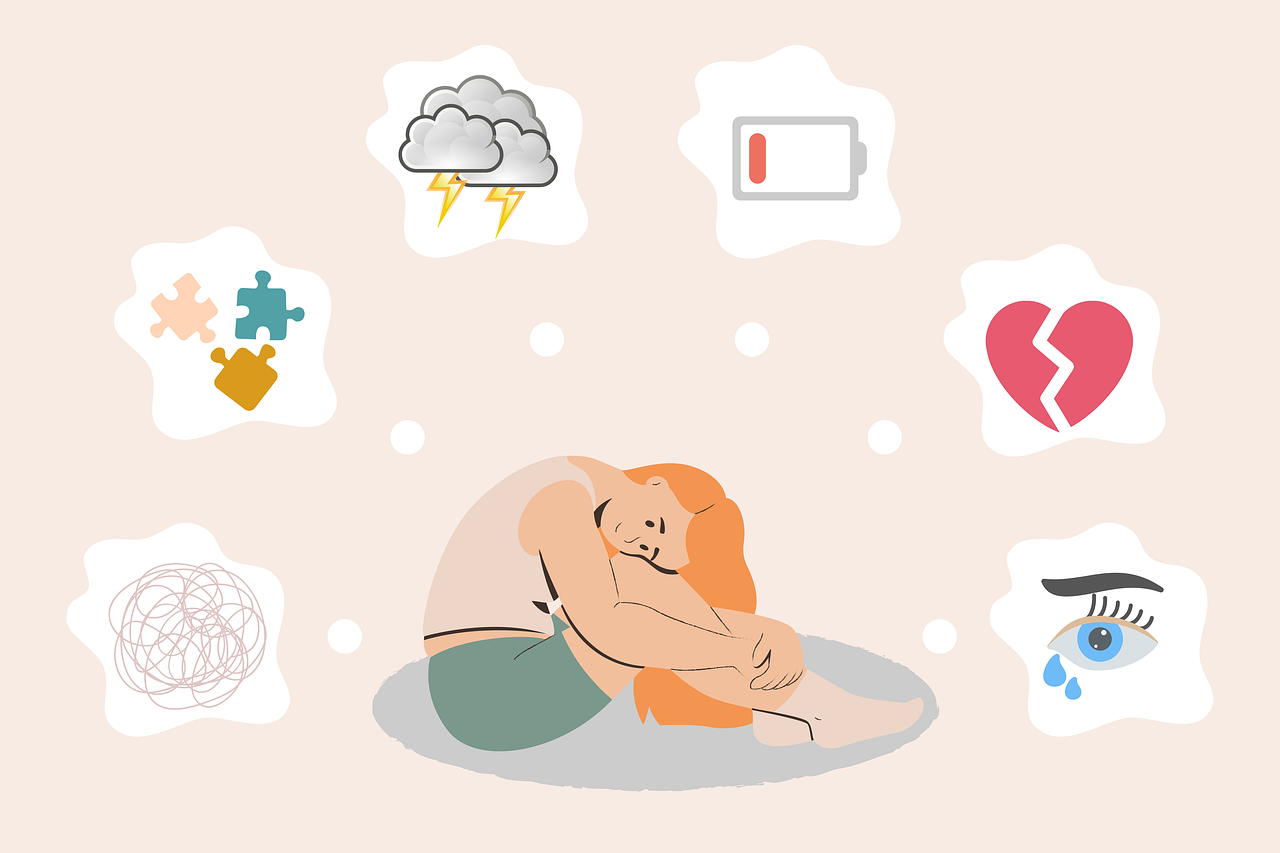Developmental disorders in Children and its general & Homeopathic Management When a baby is born the first question asked by everyone is whether the baby looks like a father, mother or grandparents?? Here we can see the importance of surpassing of Gene to the newborn. Hence, we can perceive disorders also can pass on to the next generation. Let’s start the prevention from that moment itself to have a healthy baby. Influencing Persons are Father (during spermatogenesis period), during conception, Mother (during whole 9moths of the gestational period). Sex is determined by father & Hereditary factors such as Physiological and Psychological traits are fixed. Parents’ unfavorable conditions can stunt their development. Greater development is happening during this period than any other time in a life period. Attitude towards baby i.e.; even the thought of abortion influences baby. The negative ambience creates havoc in mother’s homeostasis. Hence it’s utmost important to have a happy family to have a happy child. Hazards in babyhood and its management Excessive crying- Can later act as a causative factor for gastrointestinal disturbances, regurgitation of food, night waking, general nervous tension, psychological insecurity, affects the relationship with parents which at last ends up affecting in development of personality. Can minimize the severity by having a certain change of response pattern in parents For e.g. While admitting kids in daycares, better to stay with them the initial 3 or 5 days; hence can lessen the feeling of sudden panic in midst of strangers. Illness – If simple fever makes them take rest at home as abstinence from school is good for them as well as other kids. Initially treat them with home remedies like panikurkila water etc. If not controlled or severe, give them Homeopathic drugs which are absolutely free of side effects. Even recurrence can be prevented with Homeopathic Medicines. Many daycares kids are not getting washed in genital areas after micturition or flush toilet after each kid; telling excuses such as it is needed only after defecation or its difficult to do for every kid. In fact, one of the prime cause for fever is urinary tract infection. So careful hygiene in and around can prevent illness. Accidents – Can be prevented by removing dangerous substances from reachable limit or by giving importance even to minute things such as keeping bed cover underarms while covering during sleeping as otherwise there is a chance of obstruction of the nose by falling bed cover over the nose when baby change position of hands while turning around in bed. Malnutrition – can lead to kwashiorkor and marasmus. Malnutrition affects the brain as the first 2 years are considered to be the critical period in the growth of brain cells hence make sure baby is well nourished. Obesity – Advertisement babies indirectly instilled an Eager to have chubby babies; such misconception leads to overfeeding later pave the way to obese kids. And also Bottle-fed babies are overfed than breastfed babies. A number of fat cells of the body are established in early life for up to 3 years. If overfed they will have an obesity problem in rest years of life leading a proneness to lifestyle diseases obesity, heart disease, diabetes etc. Physical habits – Sleeping, Eating, Defecation Sleeping – Initially baby may require every 3-hour feeding so there won’t be continuous sleep as months pass on, the baby starts to sleep for long hours such as 10 to 15 hours. Try to avoid bedroom lamp as happy hormones such as melatonin and serotonin secrete in pitch darkness only. Instead of lamp give them a secure feeling of your presence. Eating –Tradition trailed by your forefathers or living according to the habitat in that particular area helps us to have healthy habits many times. Nowadays all are giving exclusive milk in the first 6 months. Personally, I feel baby should get water along with breast milk till 6 months and continued also. Rationale: Does our thirst goes with drinking milk instead of water? 6 months can be considered as a waiting time for eruption of teeth and to get intestine capable of digesting adult food. Water can be digested within minutes hence please give your kid sometimes water too. Better not to change per changing theories in such basic needs. After 6 months, one can start weaning foods to babies such as raagi or kaya podi in Indian habitat. Combination of rice, dhal and ghee is the best as it contains the required amount of CHO, Protein and Fat. Need to introduce cows milk only after stopping breastfeed as protein formula differs in both and can cause a reaction if given simultaneously. Many times kids started skin complaints or respiratory complaints after Cows milk so it can be continued only to those who didn’t show a reaction. Almost the same protein gets from green dhal; substitute it with that. Around 1 year can slowly start introducing what and all adults are having. Better to avoid junk foods. After one year doesn’t rely too much on breastfeed as they require solid food for their proper development. Elimination – It takes 4 years +/- 1 or 2 years to complete the control over it. According to a famous psychologist, Sigmund Freud Over domination by caretakers in this stage can lead to obsessive-compulsive disorder in adult life. Around 2 months the intestine is slowly got converting to adult-type hence there will be constipation. Usually says motion gets passed in the third day naturally. However, Make sure gas is burped out after every feed otherwise baby will torment with pain.in such case, make it remove by some traditional method or can be the sort to Homeopathic medication which is very safe for kids. Developmental delay – Developmental delay should be differentiated from a developmental disability such as Downs syndrome. Motor Development delay – It is a delay in achieving milestones such as closing fontanelles, rolling, sitting, standing, stepping, speech around the age defined for that. Again, all these depend on the genetic factor. Please don’t compare with other kid and also stop
+91 9778458977
info@uniquehealth365.com
#

